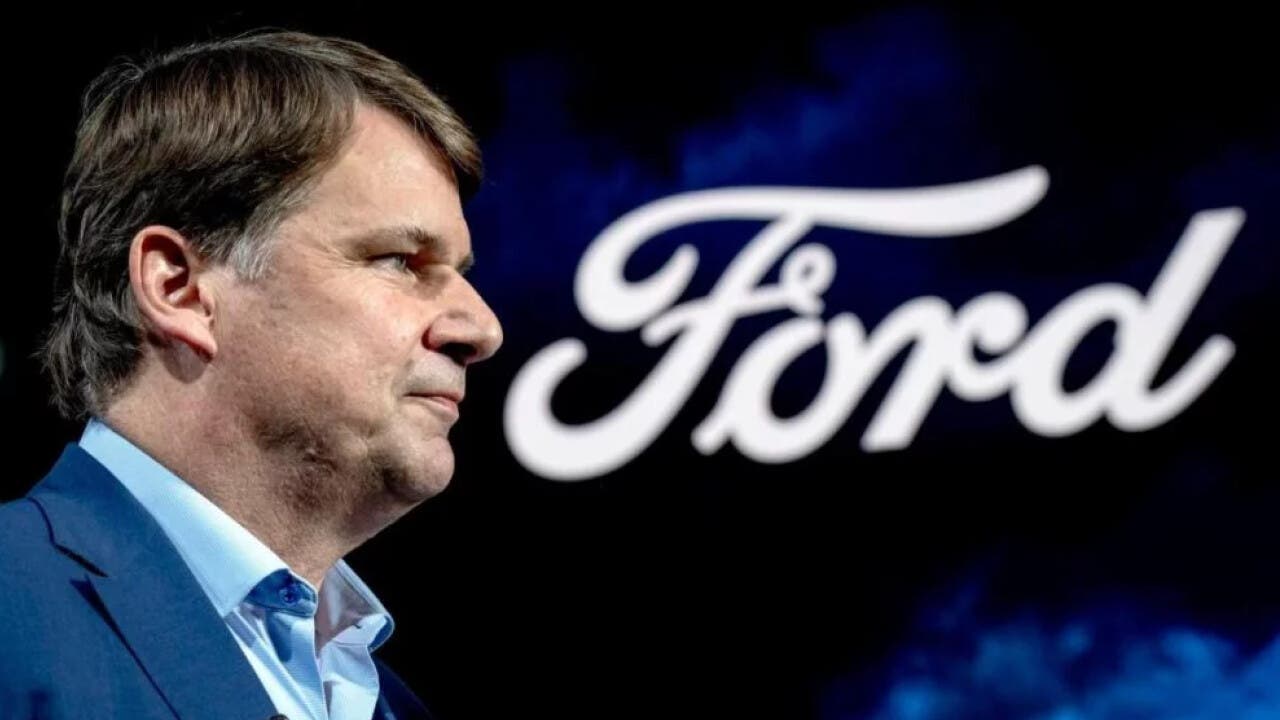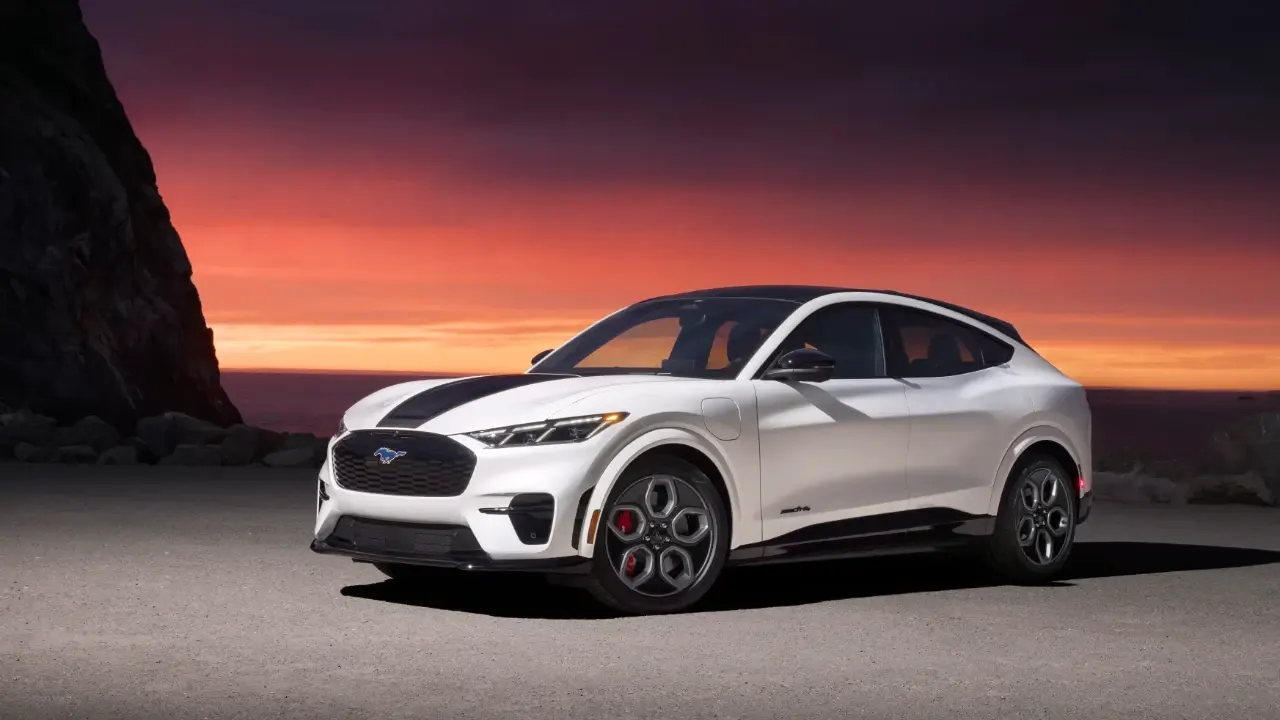In recent years, the automotive market has undergone a dramatic shift. On one side, Chinese manufacturers are rapidly gaining ground, especially in the electric-vehicle segment. On the other, long-established brands from the United States, Europe, Japan and South Korea are struggling to keep pace and are losing market share at an alarming rate.
Ford CEO admits Chinese carmakers hold a massive advantage and warns of a survival battle

Among the executives sounding the alarm is Ford CEO Jim Farley, who isn’t mincing words about the situation. After comparing several Blue Oval models with a Tesla Model 3 and multiple Chinese EVs, including the Xiaomi SU7, the internal verdict was a harsh wake-up call. Farley revealed that tearing down these vehicles exposed a clear superiority from the competition, both in engineering and efficiency. One striking example: some rivals manage to cut as much as a mile of wiring compared to the Mustang Mach-E, a change that immediately improves weight, costs, technical complexity and battery requirements.
But the discovery hasn’t discouraged Ford. Instead, the company now sees the challenge as a matter of survival. According to Farley, abandoning electric vehicles would mean handing the global market entirely to Chinese brands, an outcome he refuses to consider.
That realization prompted Ford to launch a deep internal reorganization, splitting the company into three divisions and creating a dedicated EV unit. The move has been expensive, Ford’s EV division posted a $5 billion loss in 2024, and 2025 won’t look much different. Still, Farley insists that there is no alternative if Ford wants to stay competitive.
Experiencing these vehicles firsthand, he has openly praised the Xiaomi SU7 and says he drives it every day, has convinced Farley of the enormous lead Chinese manufacturers hold. Brands like BYD, he says, are years ahead in onboard software quality, digital services, energy management and AI integration. It’s no surprise, then, that EVs already account for more than 50% of the market in China, while the U.S. struggles to reach 10%.

Policies in the United States aren’t helping either. With the Trump administration removing key incentives, Farley estimates that U.S. EV market share could even fall toward 5%. Meanwhile, he believes Chinese manufacturers already have enough production capacity to supply the entire North American market on their own, a scenario he compares to the trade “war” against Japan in the 1980s, but “much more intense.”
To avoid collapse, Ford is betting on affordable electric models. Asian rivals are dominating precisely this segment, led by vehicles like the BYD Seagull, which sells in China for little more than €8,000. To compete, Ford is focusing on cheaper LFP batteries instead of traditional NMC packs. The first major step in this strategy will be a new electric pickup arriving in 2027, equipped with CATL batteries and expected to start at around $30,000, a crucial price point for regaining competitiveness. According to Farley, the battle has only just begun, and Ford has no intention of backing down.

